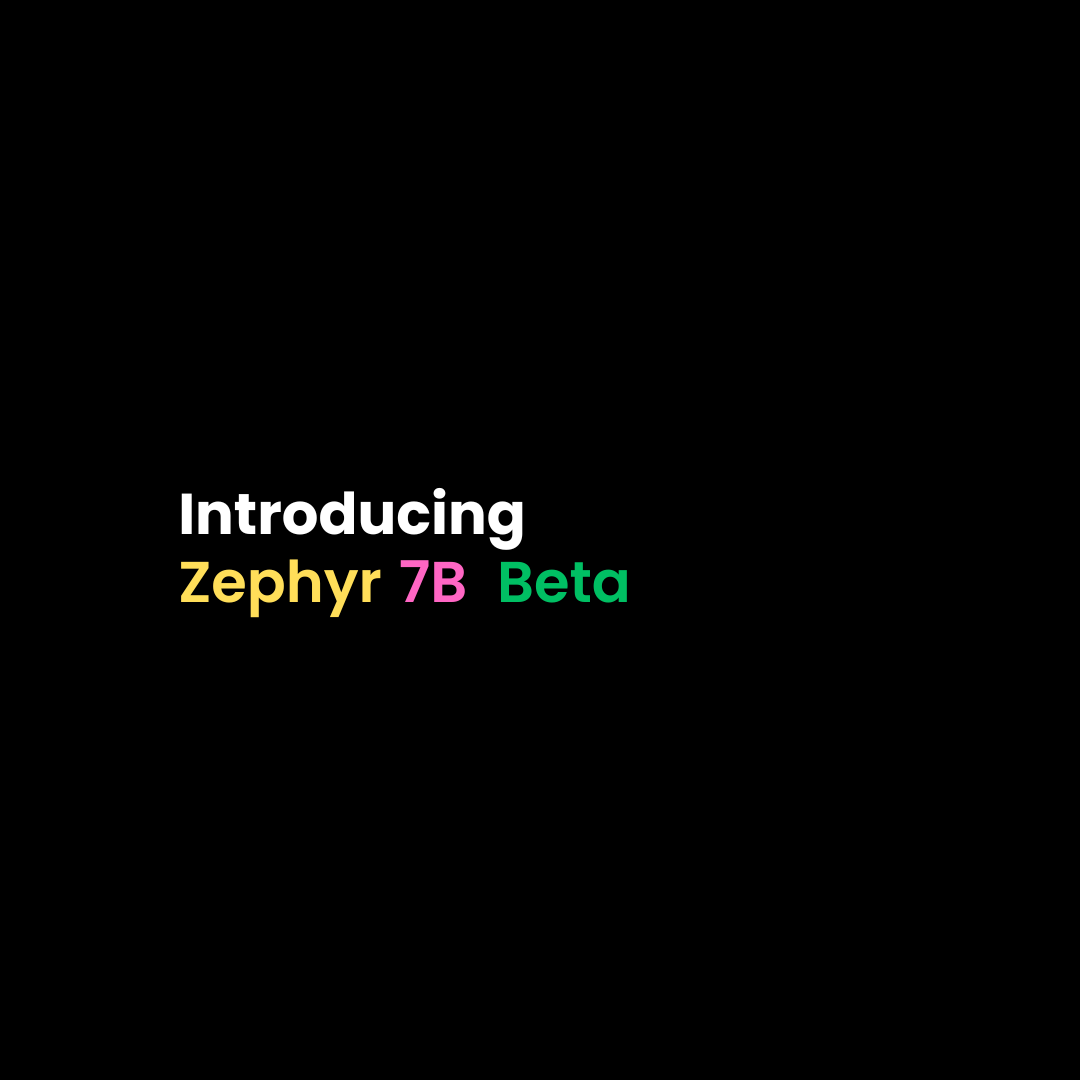
November 4, 2023
Introducing Zephyr 7B: The Fine-Tuned Language Model Designed to Assist and Educate
In the rapidly evolving field of artificial intelligence, language models have become a crucial tool for a wide range of applications, from chatbots and virtual assistants to language translation and text generation. Among the most promising developments in this area is the emergence of fine-tuned language models, which have the potential to revolutionize the way we interact with machines.
One model that has garnered significant attention in recent months is Zephyr 7B, a fine-tuned version of the popular Mistral-7B-v0.1 model. Developed using Direct Preference Optimization (DPO), Zephyr 7B has shown remarkable performance on a variety of tasks, including language translation and text summarization. But what sets Zephyr 7B apart from other language models, and what are the potential implications of this technology? We’ll take a closer look at Zephyr 7B and explore its features, capabilities, and potential applications. We’ll also examine the ethical considerations surrounding the use of fine-tuned language models, and discuss the ways in which Zephyr 7B is pushing the boundaries of what’s possible in the field of AI.
Features of Zephyr 7B
Zephyr 7B is a language model that is trained to act as a helpful assistant. It’s a 7B parameter GPT-like model, fine-tuned on a mix of publicly available, synthetic datasets using Direct Preference Optimization (DPO). Notably, thanks to the utilization of the Mistral base model, running advanced local AI no longer necessitates 2x the GPU, marking a significant stride in resource efficiency. Primarily trained in English, Zephyr 7B is licensed under MIT and represents the second model in the innovative Zephyr series, building on the legacy of its predecessor
It is intended to be used for chat and educational and research purposes only. Zephyr 7B has not been aligned to human preferences with techniques like RLHF or deployed with in-the-loop filtering of responses like ChatGPT, so the model can produce problematic outputs (especially when prompted to do so). It is also unknown what the size and composition of the corpus was used to train the base model (mistralai/Mistral-7B-v0.1), however it is likely to have included a mix of Web data and technical sources like books and code. Zephyr 7B has strong performance compared to larger open models like Llama2-Chat-70B on several categories of MT-Bench, but lags behind proprietary models on more complex tasks like coding and mathematics.
Capabilities of Zephyr 7B
Metrics
Zephyr beta is a Mistral fine-tune that achieves results similar to Chat Llama 70B in multiple benchmarks and above results in MT bench (image below). This makes Zephyr a very good model for its size.

The Alpaca leaderboard

Performance
Specifically, when evaluated on various categories of MT-Bench, Zephyr-7B-β displays potent performance outclassing larger open models such as Llama2-Chat-70B.

Yet, it falls short when it comes to complex tasks like coding and mathematics, trailing behind proprietary models. There is a need for further research to bridge this gap
Future Developments
Moving forward, one of the key areas for Zephyr 7B’s development is the extension of context length. By enabling the model to maintain larger chunks of relevant information, it could respond more coherently in long conversations or generate more accurate translations for longer texts. Equally critical is the enhancement of local performance. This entails fine-tuning the AI to excel in understanding and producing content that is highly specific to a particular context or topic. These developments are the next big steps in our journey to bring the power of advanced language models to every corner of the world.
When considering future developments, it is essential to acknowledge where Zephyr 7B currently excels. The model has earned admiration for its accuracy and speed, often outperforming competitors in these areas. Yet, it is noted that its performance can be somewhat inconsistent, fluctuating depending on the iteration. This offers another crucial development area; striving for consistency in performance across different iterations will enhance the overall user experience. By extending the context length, enhancing local performance, and tackling this variability, we aim to optimize Zephyr 7B and expand the capabilities of advanced language models ever further.